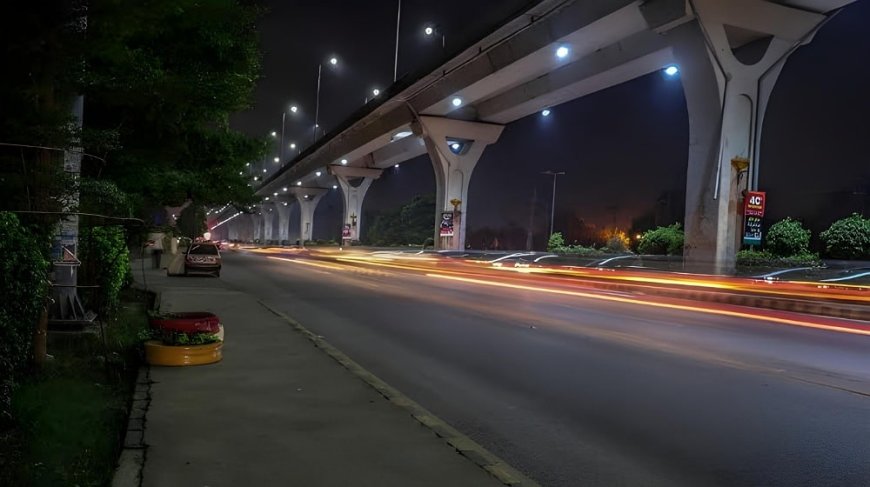Work Started on Major Road Project in Rawalpindi
Work has officially commenced on the Rawalpindi Ring Road (RRR)—a 38.3 km six‑lane orbital highway designed to connect Baanth Mor (on N‑5) to the Thalian Interchange (on M‑2 motorway). Backed by a revised Rs 33 billion PC‑1 approved by ECNEC, and executed by FWO under the oversight of Rawalpindi Development Authority (RDA), the project is now 50% complete and slated for full delivery by December 2025

Work has officially commenced on the Rawalpindi Ring Road (RRR)—a 38.3 km six‑lane orbital highway designed to connect Baanth Mor (on N‑5) to the Thalian Interchange (on M‑2 motorway). Backed by a revised Rs 33 billion PC‑1 approved by ECNEC, and executed by FWO under the oversight of Rawalpindi Development Authority (RDA), the project is now 50% complete and slated for full delivery by December 2025. Once operational, RRR is expected to dramatically ease congestion, reduce pollution and accidents on city roads, and set the stage for potential economic zones along its corridor.
-
Project Name: Rawalpindi Ring Road (RRR)
-
Length: 38.3 km, six-lane access-controlled roadway
-
Revised Budget: PKR 33 billion (was Rs 32.9 billion)
-
Concessionaire: Frontier Works Organization (FWO), managed by RDA’s PMU
-
Physical Progress: ~50% complete as of April–May 2025
-
Target Completion: December 2025, as commissioned by Chief Minister Maryam Nawaz
As of April 2025, approximately half of the roadway and associated structures—bridges, interchanges, culverts—have been constructed. Work has accelerated since ECNEC approval and the allocation of fresh funds.
Following delays, Punjab released Rs 9 billion in March 2025 to fast-track the remaining work, aiming to meet the deadline. Payment schedules include prior disbursement of Rs 6 billion and the promised release of the remaining amount soon.
The PC-I revision reduced overall cost from Rs 39 billion to ~Rs 33 billion, while expanding project scope: 49 culverts, 10 subways, 11 overpasses, a railway bridge, and major road interchanges—all designed for 120 km/h speed design.
Traffic Relief & Congestion Reduction
Rawalpindi Ring Road provides a bypass to heavy traffic on GT Road and inner-city arteries, easing daily congestion and improving the commuter experience.
Safety & Pollution Benefits
With access control and high-speed design, the highway is poised to reduce accidents and vehicle emissions within city limits.
Economic Growth Potential
While the economic zone proposal remains pending, the project corridor is viewed by RCCI and ICCI as a prospective hub for industrial and commercial investment.
-
Five major interchanges: Baanth, Chak Beli Khan, Adiala Road, Chakri Road, and Thalian
-
Railway bridge near Baanth linking N‑5 alignment to northern segments
-
Stormwater and nullah bridges: over seven river crossings and 53 culverts
-
Underpasses and overpasses: 10 underpasses, 11 flyovers to facilitate signal-free movement
-
Budget Overruns: Despite PC‑I adjustments, previous estimates rose from Rs 23 billion to nearly Rs 39 billion before being scaled back, due to delays, inflation, and scope creep.
-
Delayed Approvals: ECNEC and CDWP delays disrupted fund release cycles and slowed critical procurement and contractor payouts.
-
Land Acquisition: While 90% of land procurement falls within Rawalpindi Tehsil, tensions exist around the remaining periphery; timely compensation is underway.
The initiation of full-scale work on the Rawalpindi Ring Road marks a turning point in urban mobility and regional infrastructure development. With half the project already completed, diligent funding support, and firm political oversight, the December 2025 deadline appears achievable.

 Ateeq Ur Rehman
Ateeq Ur Rehman